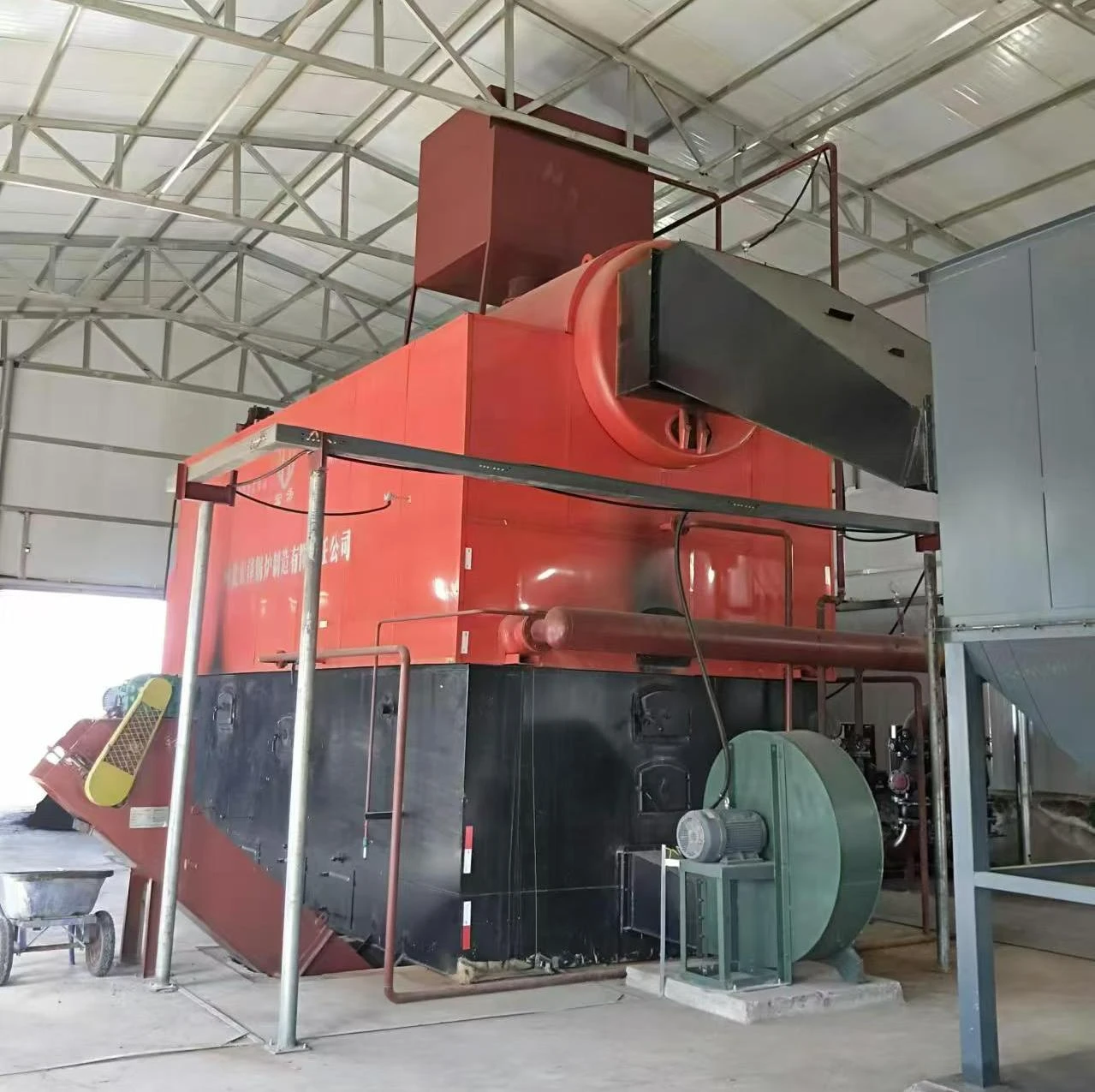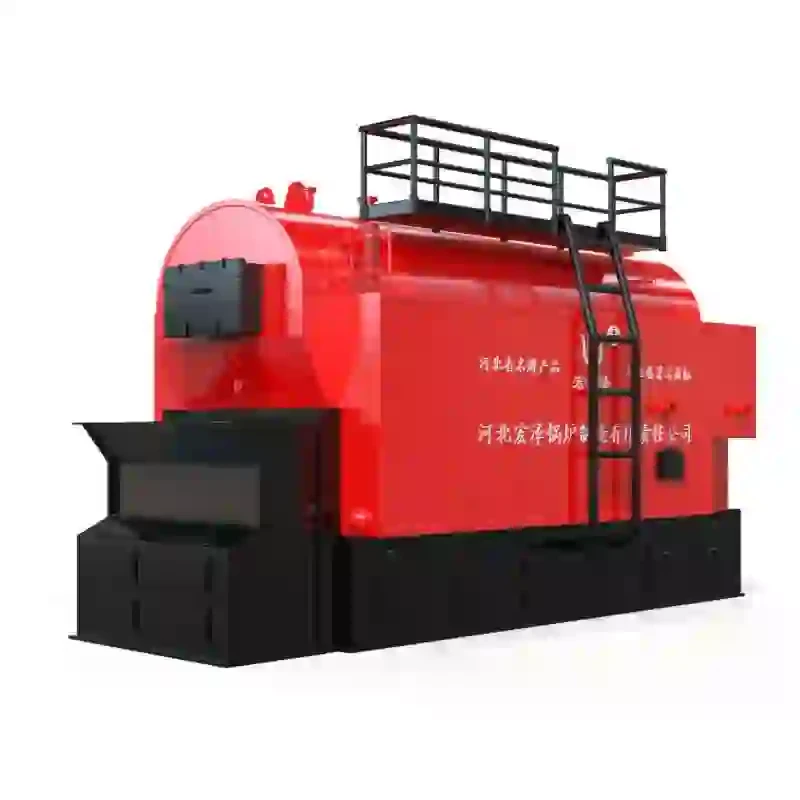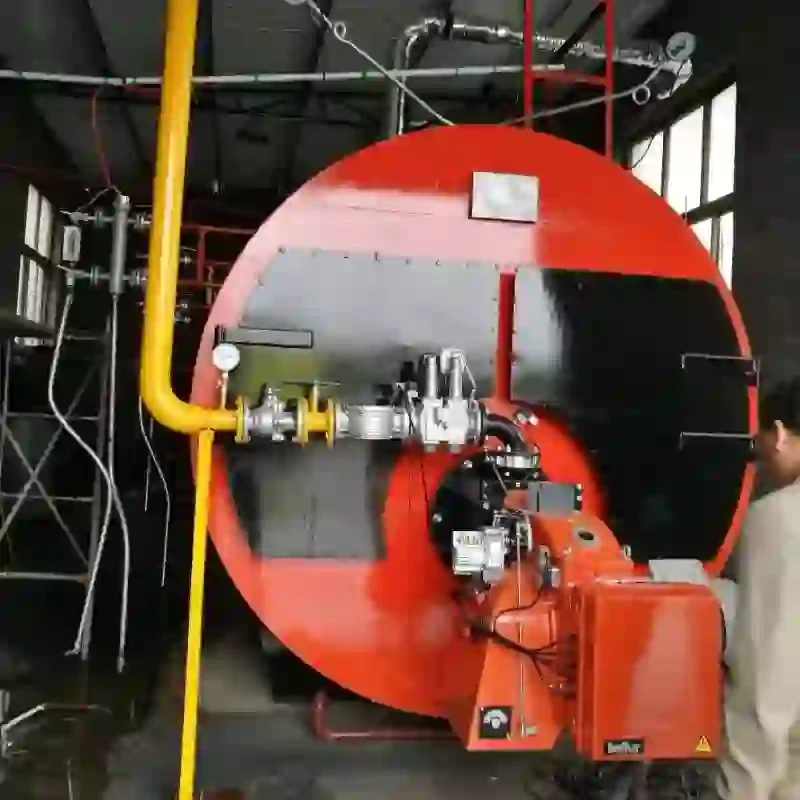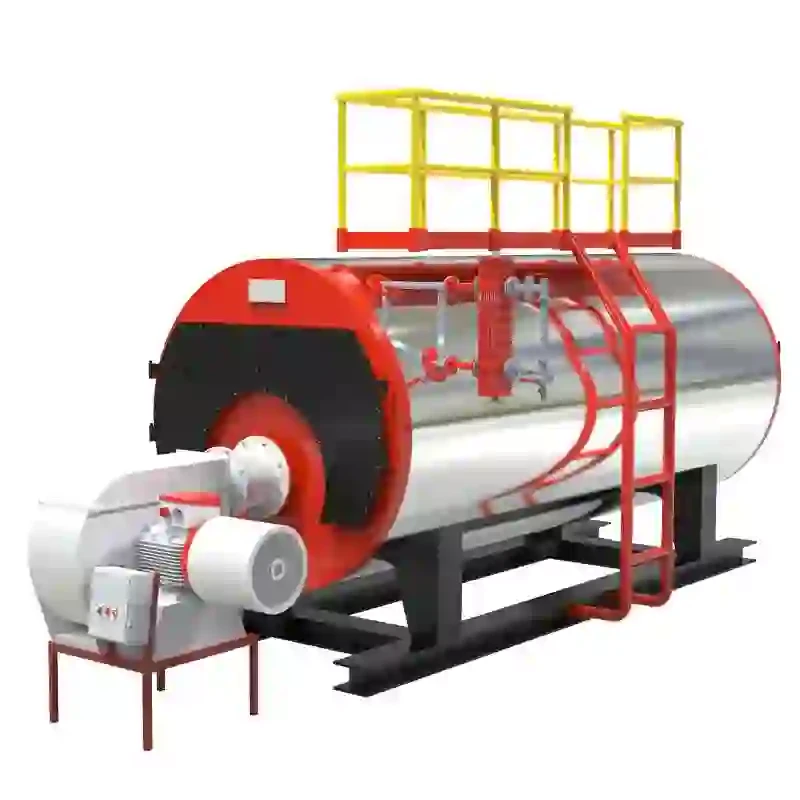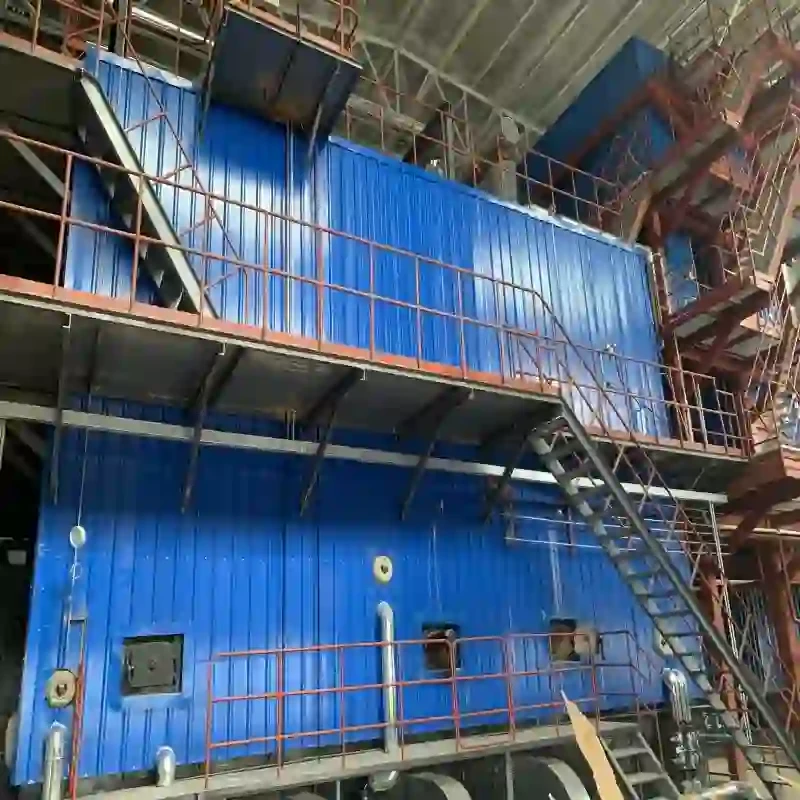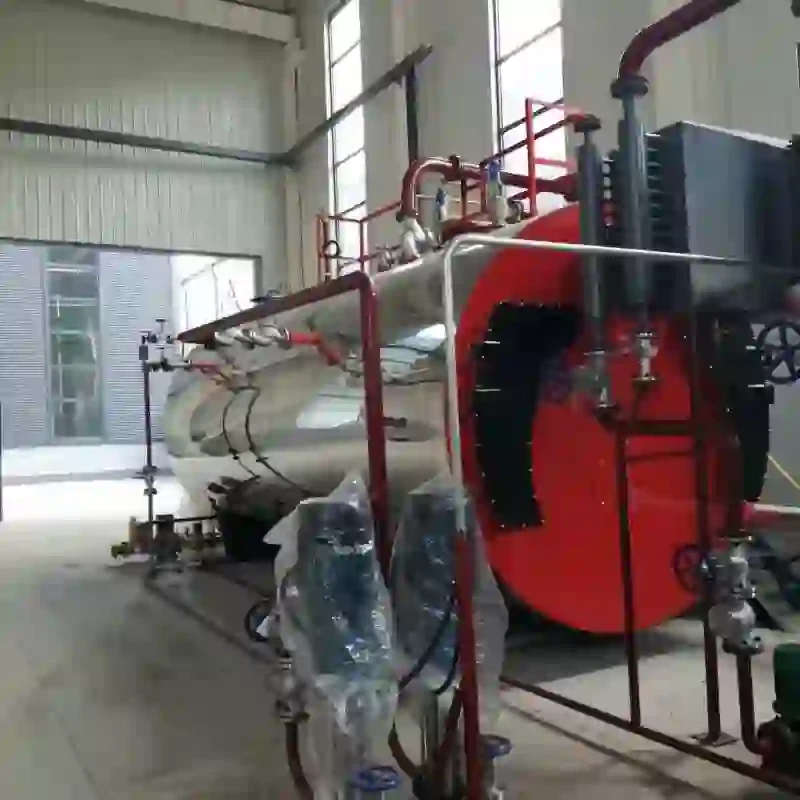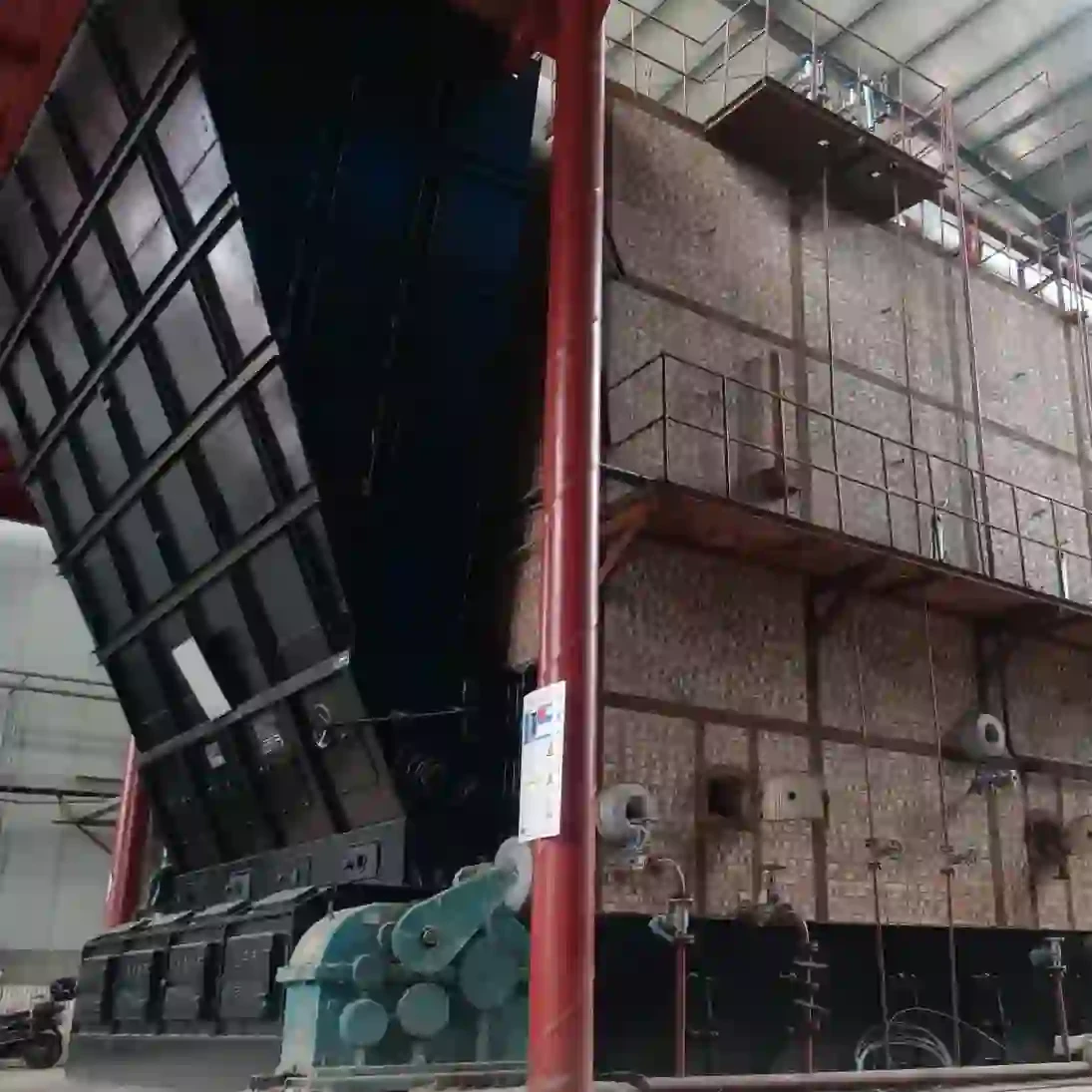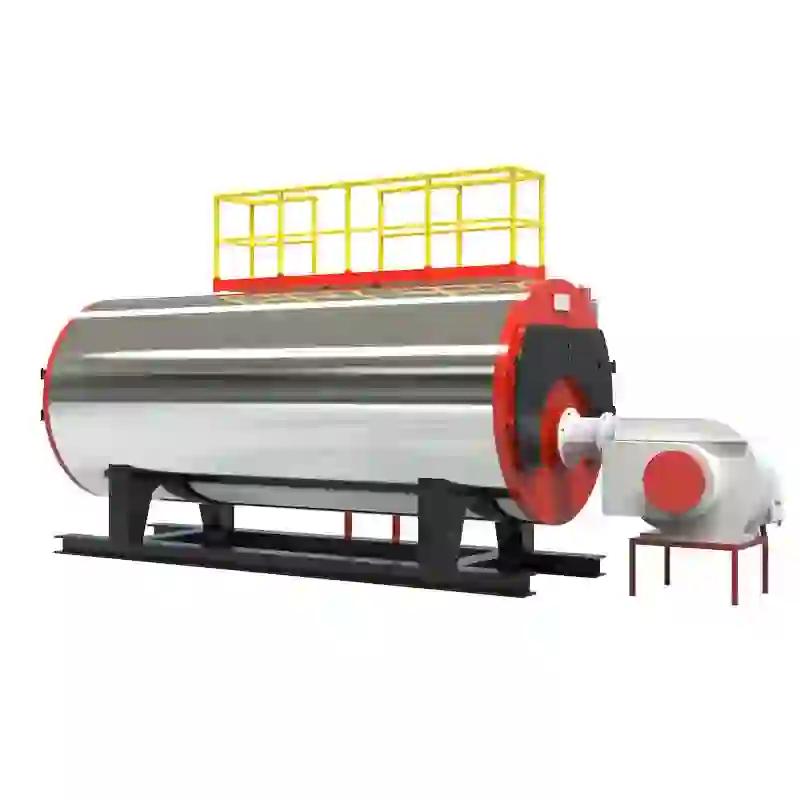
May . 09, 2025 08:39 Back to list
How to Increase Steam Pressure in Boilers Proven Solutions & Tips
- Understanding steam pressure dynamics in boiler systems
- Identifying common causes of low steam pressure
- Advanced techniques for pressure optimization
- Technical comparison of leading boiler manufacturers
- Customized solutions for different industrial applications
- Case studies: Successful pressure management implementations
- Maintaining optimal performance through preventive measures
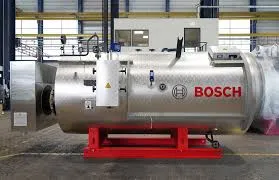
(how to increase steam pressure in a boiler)
Understanding Steam Pressure Dynamics in Boiler Systems
Modern boiler systems require precise pressure management, with industrial units typically operating between 15-300 psi. According to ASME standards, pressure fluctuations exceeding ±5% can reduce thermal efficiency by up to 12%. Proper steam pressure maintenance directly impacts energy consumption, with optimized systems showing 18-22% lower fuel costs compared to poorly maintained units.
Identifying Operational Challenges
Common pressure-related failures account for 34% of boiler shutdowns in manufacturing facilities. A 2023 industry survey revealed that 41% of low-pressure incidents stem from:
- Scale accumulation (27% frequency)
- Faulty pressure regulators (19%)
- Combustion inefficiencies (33%)
- Gauge calibration errors (21%)
Technological Advancements in Pressure Control
| Technology | Pressure Stability | Energy Savings | Maintenance Interval |
|---|---|---|---|
| AI-driven PID Controllers | ±0.7 psi | 15-18% | 18 months |
| Traditional Pneumatic | ±3.2 psi | 6-8% | 6 months |
| Digital Smart Valves | ±0.4 psi | 22-25% | 24 months |
Manufacturer Performance Analysis
Leading boiler manufacturers demonstrate significant performance variations:
| Brand | Startup Time | Pressure Recovery | NOx Emissions |
|---|---|---|---|
| Brand A | 22 min | 85% | 29 ppm |
| Brand B | 18 min | 92% | 18 ppm |
| Brand C | 27 min | 78% | 34 ppm |
Customized Pressure Solutions
Industry-specific requirements demand tailored approaches:
- Food Processing: 40-60 psi range with 98% uptime requirements
- Pharmaceuticals: Ultra-stable ±0.5 psi control for sterilization
- Power Generation: 1200-1500 psi supercritical systems
Implementation Case Studies
A chemical plant achieved 19% pressure stability improvement through:
- Retrofitting digital control valves ($48,000 investment)
- Implementing predictive maintenance protocols
- Upgrading to ultrasonic scale detection
Results included $162,000 annual fuel savings and 14% reduction in unplanned downtime.
Sustaining Optimal Steam Pressure Output
Proactive maintenance strategies extend boiler lifespan by 40-60%. Monthly pressure calibration reduces gauge failure risk by 73%, while quarterly tube inspections prevent 89% of catastrophic pressure drops. Modern monitoring systems provide real-time alerts for pressure deviations exceeding 2.5 psi, enabling immediate corrective action.

(how to increase steam pressure in a boiler)
FAQS on how to increase steam pressure in a boiler
Q: How to increase steam pressure in a boiler?
A: Ensure the boiler’s pressure settings are correctly adjusted via the pressure control valve. Increase fuel supply or combustion efficiency to raise heat output. Check for leaks or blockages in steam lines to maintain optimal pressure.
Q: Why is my boiler producing low steam pressure?
A: Low steam pressure may result from insufficient water levels, poor combustion, or a malfunctioning pressure regulator. Inspect the feedwater pump and burner settings. Verify that steam traps and valves are functioning properly.
Q: What if the steam boiler pressure gauge is not working?
A: First, isolate the gauge and check for blockages or corrosion in the connecting pipe. Test or replace the gauge to ensure accurate readings. Always shut down the boiler before performing maintenance.
Q: How to safely boost low steam pressure in an industrial boiler?
A: Clean the boiler’s heat exchanger to improve efficiency and avoid overloading the system. Adjust the pressure control valve incrementally while monitoring the gauge. Ensure safety valves are operational to prevent over-pressurization.
Q: Can a faulty pressure gauge cause incorrect steam pressure readings?
A: Yes, a damaged or uncalibrated gauge may display inaccurate pressure levels. Regularly calibrate or replace gauges as per manufacturer guidelines. Pair gauge checks with manual pressure tests for reliability.
-
Comprehensive Guide to Steam Boiler Installation Diagram – Global Best Practices and Future Trends
NewsNov.24,2025
-
A Practical Guide to the Selection of Steam Boiler for Industrial Efficiency
NewsNov.23,2025
-
Comprehensive Guide to Steam Boiler PDF Manuals and Their Global Impact
NewsNov.22,2025
-
Discover How Steam Boiler Videos Improve Industrial Training & Safety
NewsNov.22,2025
-
Comprehensive Guide to Wood Fired Steam Boiler Design – Efficiency, Applications, and Innovations
NewsNov.21,2025
-
Comprehensive Guide to Steam Boiler Working – Efficiency & Applications
NewsNov.20,2025
Related PRODUCTS






